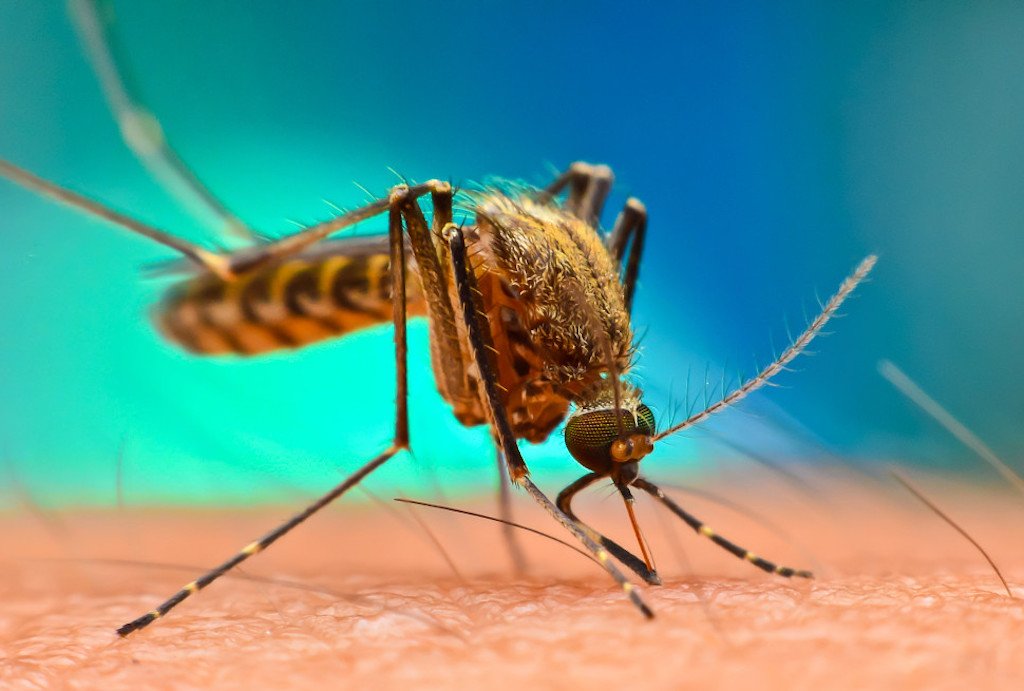On Tuesday, the World Health Organisation (WHO) said several countries have reported a resurgence of the chikungunya virus, with spikes in some countries and declines in others compared to recent years.
The global health agency also noted that more than 445,000 suspected and confirmed cases and 155 deaths have been recorded in 2025.
It said the mosquito-borne disease, which causes fever and severe joint pain, has re-emerged in a number of countries that had not reported substantial case numbers in recent years.
In its latest situation report released on Tuesday, WHO said while some regions are witnessing a sharp increase in transmission compared to 2024, others are reporting fewer cases, making it difficult to describe the trend as a uniform global rise.
Still, the organisation warned that the potential for further spread remains significant, as infected travellers can introduce the virus into new areas where Aedes mosquitoes, the main vectors, and susceptible populations are present.
Global overview
As of September 2025, chikungunya transmission has been documented in 40 countries. The Region of the Americas reported the highest number of infections, followed by the European region, largely due to outbreaks in the French overseas department of La Réunion in the Indian Ocean.
Between January and September, the WHO received reports of 263,592 suspected and 181,679 confirmed cases, alongside 155 deaths worldwide.
While certain regions such as Africa and the Western Pacific are reporting relatively fewer cases than last year, countries in the Americas, Europe and parts of South-East Asia have seen sharp increases.
In Africa, outbreaks have been confirmed in Comoros, Kenya, Mauritius and Senegal, with Mauritius accounting for the highest number of infections. In Kenya, authorities confirmed a local outbreak in Mombasa County in June but reported no further cases after July.
Across the European region, France and Italy have reported locally acquired infections across the European region, a significant shift from 2024 when France recorded only one case.
The outbreak in La Réunion, which resulted in more than 54,000 cases and 40 deaths, marks the island’s first local transmission since 2014.
In the Americas, Brazil remains the epicentre, accounting for nearly 96 per cent of reported infections and deaths in the region. Other affected countries include Bolivia, Cuba, and several Caribbean nations.
South and Southeast Asia have also seen rising case numbers, particularly in India, Bangladesh, Sri Lanka and Thailand. China, too, has recorded its largest documented outbreak, with more than 16,000 locally transmitted cases in Guangdong Province.
Chikungunya
The Chikungunya virus causes chikungunya, an RNA virus of the alphavirus genus transmitted by infected Aedes aegypti and Aedes albopictus mosquitoes, the same species responsible for dengue and Zika virus transmission.
Symptoms typically appear four to eight days after an infected mosquito bite, including fever, muscle pain, rash, and severe joint pain that can last weeks or even months. Although most patients recover fully, severe cases can occur in newborns, the elderly, and those with underlying medical conditions.
Risk factors for Nigeria
In August, the Nigeria Centre for Disease Control and Prevention (NCDC) confirmed that no cases of chikungunya had been reported in the country. However, the agency warned that current environmental conditions favour an outbreak, especially in flood-affected and high-risk states.
The agency urged all states to strengthen surveillance, vector control and laboratory diagnosis as part of its flood-season preparedness plan.
It also reminded the public that preventive measures against cholera, dengue and yellow fever, such as eliminating stagnant water, using mosquito nets and repellents, and maintaining clean surroundings, are equally effective against chikungunya.
READ ALSO: World Mosquito Day: Beyond malaria, other deadly diseases mosquitoes spread
Need for vigilance
WHO has urged countries to strengthen disease surveillance, vector control, and diagnostic capacity to detect and respond promptly to emerging outbreaks.
Experts warn that climate change, unplanned urbanisation, and poor water management are expanding the range of Aedes mosquitoes, increasing the risk of transmission even in areas previously unaffected.
Read the full article here


